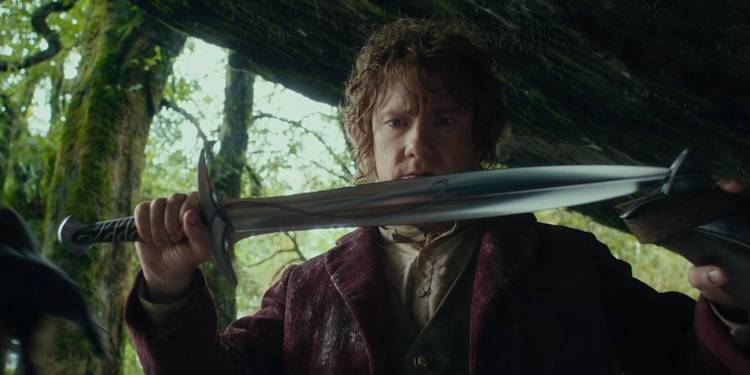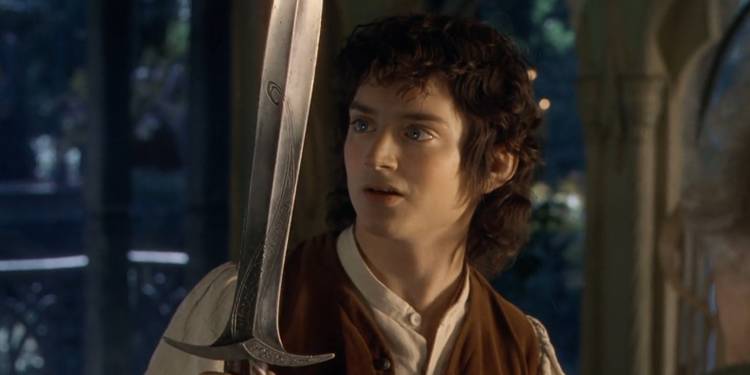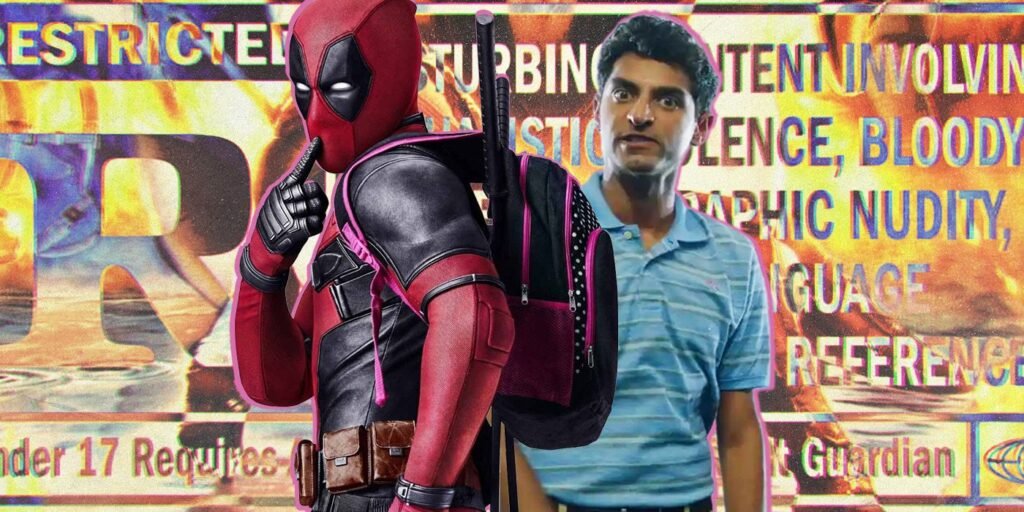Bilbo’s short sword perfectly sums up the Hobbit, as the blade is mocked for its small size, yet is eventually used to save Middle-earth. With its slick Elven design and unique blue-glowing properties, the weapon has remained one of the most iconic of the franchise. And shortly into the story of The Lord of the Rings, the blade, appropriately named Sting, was passed down to Frodo Baggins. Yet, with Peter Jackson’s Middle-earth adaptations, fans have noticed a subtle detail that makes Sting all the more personal to the Baggins family.
As Bilbo and Frodo reunite in Rivendell, the old Hobbit hands over several trinkets for the road, including his mithril armor and Elvish blade, both used from his journey to the Dwarven kingdom of Erebor. However, as he gives him Sting, an Elvish inscription can be seen along the side of the blade. And while this was assumed to be simple Elvish craftsmanship, some fans have noticed that the markings are missing during The Hobbit.

With Bilbo setting foot on his first adventure, he and the Dwarves stumble upon a troll cave. Inside, several fancy weapons are on the ground, including Thorin’s Orcrist blade, Gandalf’s sword named Glamdring and Sting. However, the short sword only has a small pattern on the side with no Elvish words, leaving some to believe there was a consistency error between the two trilogies.
But after translating the Elvish inscription in The Lord of the Rings, it reads, “Sting is my name; I am the spider’s bane.” That not only gives a personal touch to the sword but also explains why the markings were missing, as Bilbo didn’t name the sword until The Hobbit: The Desolation of Smaug. It also means that after his adventure, the script got added sometime before passing it to Frodo.

As for when the markings could’ve been added, there’s little to go on because there’s no mention of Bilbo visiting the Elves after The Hobbit. However, the original J.R.R. Tolkien novel describes Bilbo passing through the Elven kingdom in Mirkwood once again as he makes the return journey back home. So, it’s entirely possible he had them engrave Sting during his brief time there.
When it comes to the meaning behind the inscription, it refers to the spiders of Mirkwood as Bilbo first put the blade to use to slay the foul creatures. As he goes to save the webbed Dwarves, he stabs a giant spider with the sword, causing it to fall dead, crying, “Stings! It Stings!” That provided the iconic sword with its new name, and from there on, it was no longer just a generic Elven blade.






